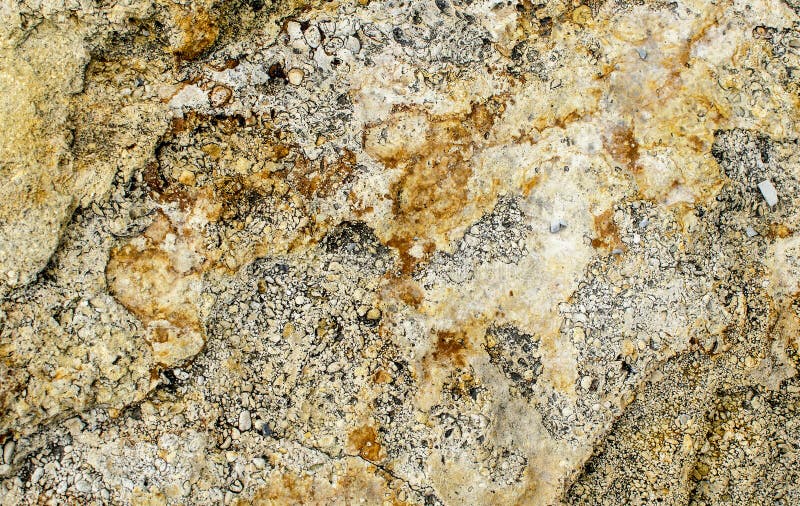

This limestone has been subjected to minimum tectonism and it looks like an intact or massive rock mass that can be misinterpreted in the GSI application with subdesigned results with severe consequences to the projects. Miami Limestone is at or near the surface in almost all of the survey area. Miami Oolite Formation represents a complex of oolite bars and sandwaves. These two parameters are the basis for calculating the total settlement and punching failure of shallow foundations.ĭetermination of the type of the structure and the surface conditions of the discontinuities in the Miami Limestone is a challenge because this lithology is jointless. patch-reef deposits of the Key Largo Limestone. FDOT requires the use of the FDOT Soil and Foundation Handbook (SFH) and American Association of State Highway and Transportation Officials (AASHTO) Load and Resistance Factor Design (LRFD) Bridge Design Specification to design bridge foundation.īased on AASHTO LRFD 2014 to define the elastic modulus of the rock mass ( E s) and the global rock mass strength (scm), the GSI should be determined using Figure 1. Attractiveness The subtle, natural color shades of limestone in Miami are preferred by many home and business owners and construction professionals because it is appealing to the eye. In recent years, the Florida Department of Transportation (FDOT) has been improving existing roadways and developing new projects where some bridges have been designed bearing on Miami Limestone. The limestone forms in the region consist of two facies called Miami oolite facies and bryozoan facies. (1994) has been limited in the Miami Limestone and minimum information has been previously reported.

The use of the Geological Strength Index (GSI) introduced by Hoek et. The Miami Limestone (formerly the Miami Oolite), named by Sanford (1909), occurs along the Atlantic Coastal Ridge in portions of Dade, Monroe, Broward and Palm Beach Counties. Additionally, statistical information about the geotechnical property indices, such as unit weight, unconfined compressive strength, modulus of elasticity and tension, as well as percentage of recovery and Rock Quality Designation (RQD) are included in this paper to have a better idea of the conditions of this limestone. Based on the Hoek-Brown Criterion, the GSI values are used to determine the global shear strength of the rock mass to evaluate potential punching failure of shallow foundation for bridges through the Miami Limestone. This paper proposes a modified GSI table to characterize the Miami Limestone. There are two facies of the Miami Limestone: an oolitic facies and a bryozoan facies. Since the limestone is jointless, its appearance is like an intact or massive rock and estimate the GSI values could be wrong. the Miami Oolite), forming the upper portion of the Biscayne Aquifer. The use of the Geological Strength Index (GSI) has not been commonly used to characterize rocks like Miami Limestone.


 0 kommentar(er)
0 kommentar(er)
